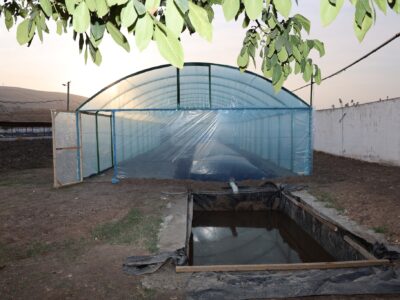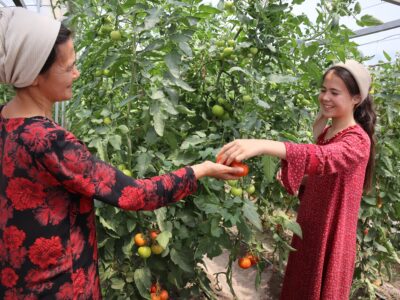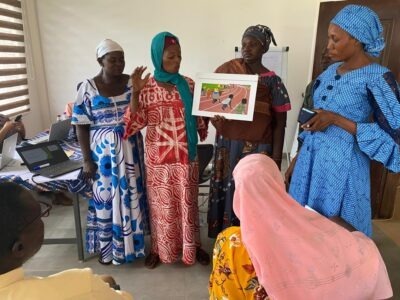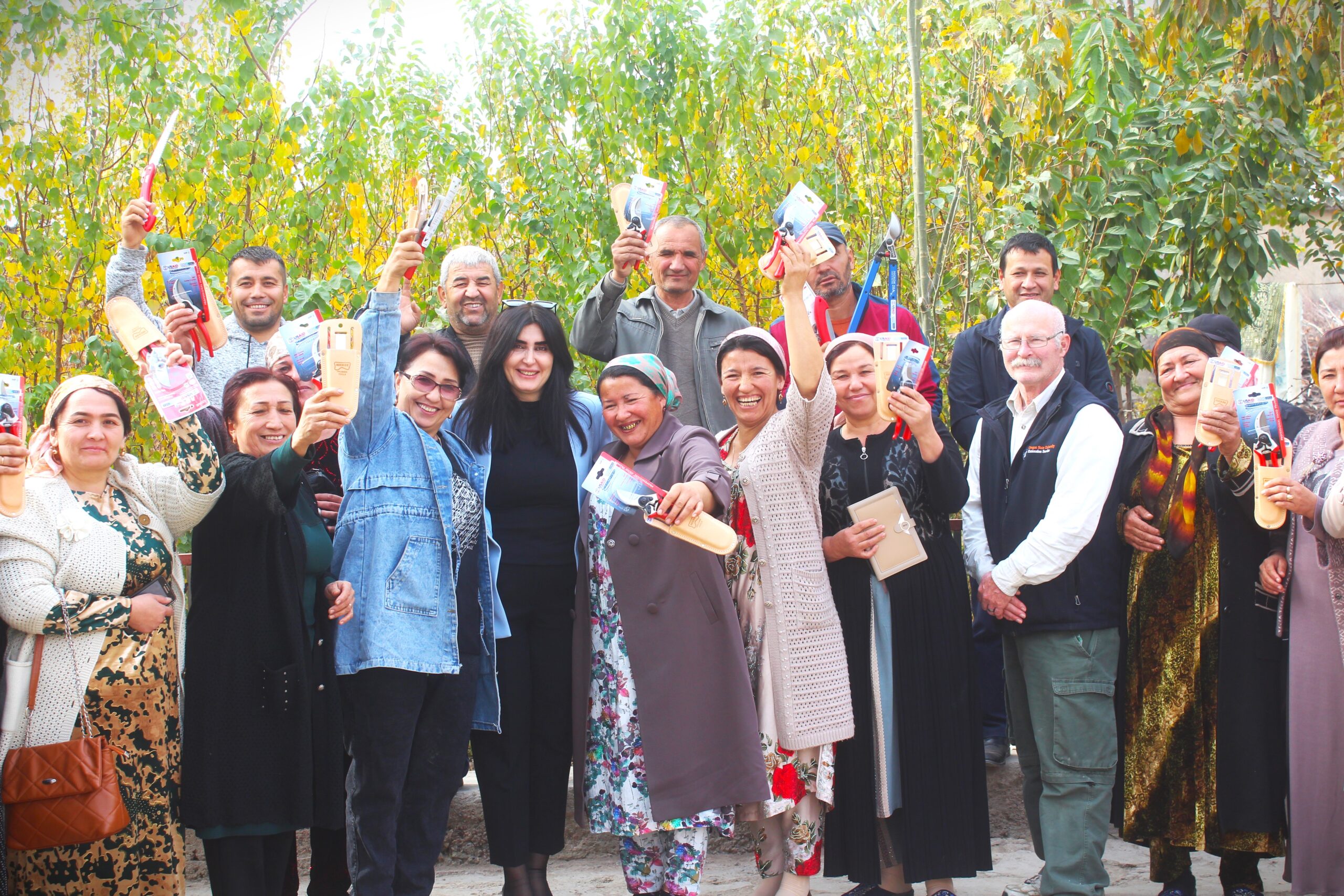
When it comes to improving fruit orchards in rural Tajikistan, pruning and grafting groups play a crucial role. These groups continue to contain more rural women, in light of the growing migration of men to other countries. In Isfara and Asht, the heartbeats of apricot orchards in Central Asia, these groups provide sector-saving services, treating and shaping trees, improving germination, and introducing new varieties. Removing the constraints they face will empower them to provide better services and subsequently increase the sector’s productivity.
What are the main constraints?
A deep dive into this area, led by the Market Driven Rural Development (MDRD) Activity, funded by the United States Agency for International Development (USAID) and implemented by ACDI/VOCA, revealed interesting dynamics about market failures as well as women’s participation.
Many groups still use outdated, less effective tools. This means they expend more physical effort and are at greater risk of injury. At the same time, high-quality tools are not easily accessible or affordable, especially for women and youth in rural areas. Some workers also lack experience and skills or the initial support to form groups in the first place.
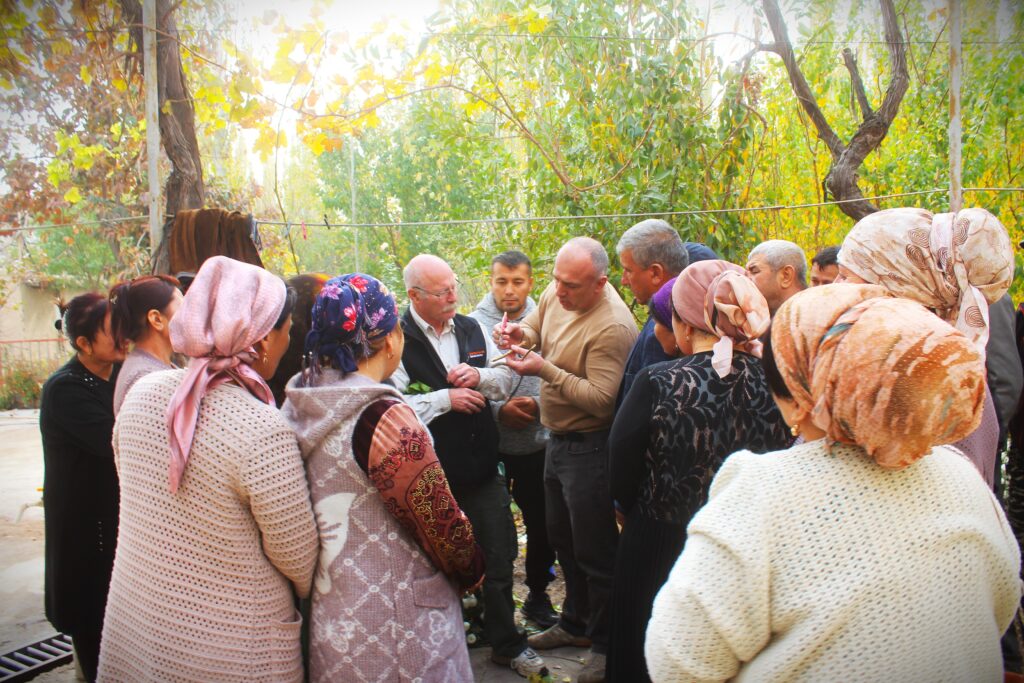
So, what to do?
MDRD discussed these issues with exporters, input dealers, and farmers, especially women, and shared its vision of supporting access to better tools. Input dealers said that they are interested in bringing in high-quality tools from the United States and other countries, but the cost would increase by 30 to 40 percent, compared to traditional import markets, which prevents them from investing. Farmers said the same. Exporters, who often cater to wholesale markets in importing countries, have low margins and see limited value in investing in high-quality tools.
MDRD found the best way to address these restraints was to cost share with the brigades to bring in high-quality tools from the United States which last five to six years. Thus, MDRD brought and provided 20 grafting and 20 pruning tools to mostly family-based harvesting groups in Isfara and Asht.
“If we have high-quality tools, our work will be more straightforward, and the group will have additional employees. Every woman would have a greater impact if she had her own set of tools.”
Ibodat Usarova, head of a family grafting brigade in Asht
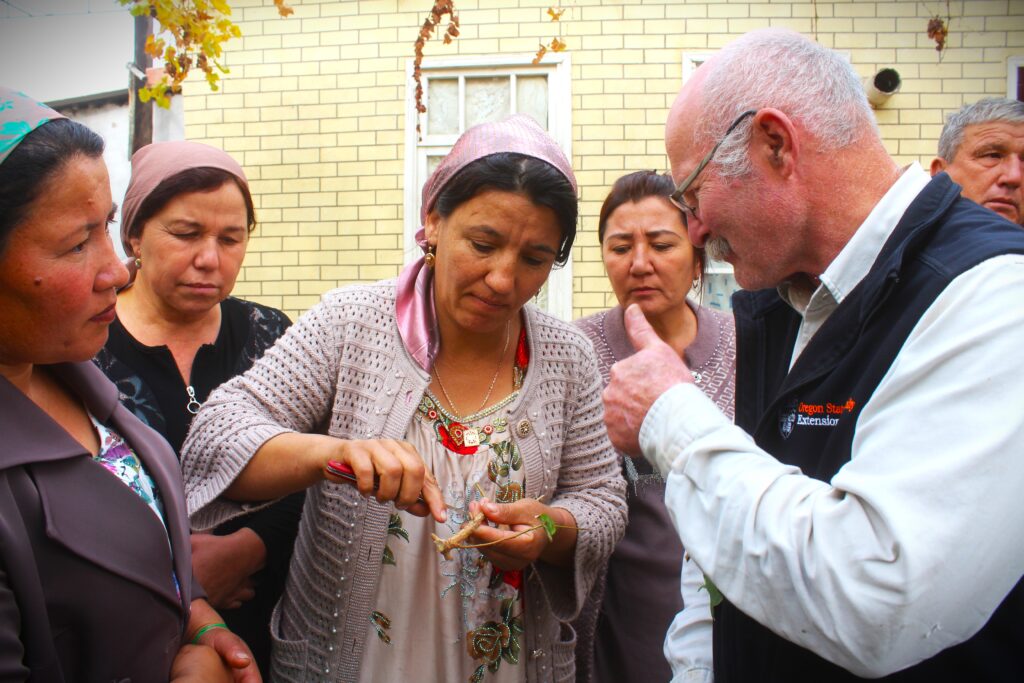
MDRD also brought in an American volunteer expert, Ross Penhallegon, to help upgrade the skills of 80 pruning and grafting workers. As a retired professor from the State University of Oregon and an orchard management specialist, Ross led a course that especially benefitted women and youth workers, helping them build their expertise to offer better services.
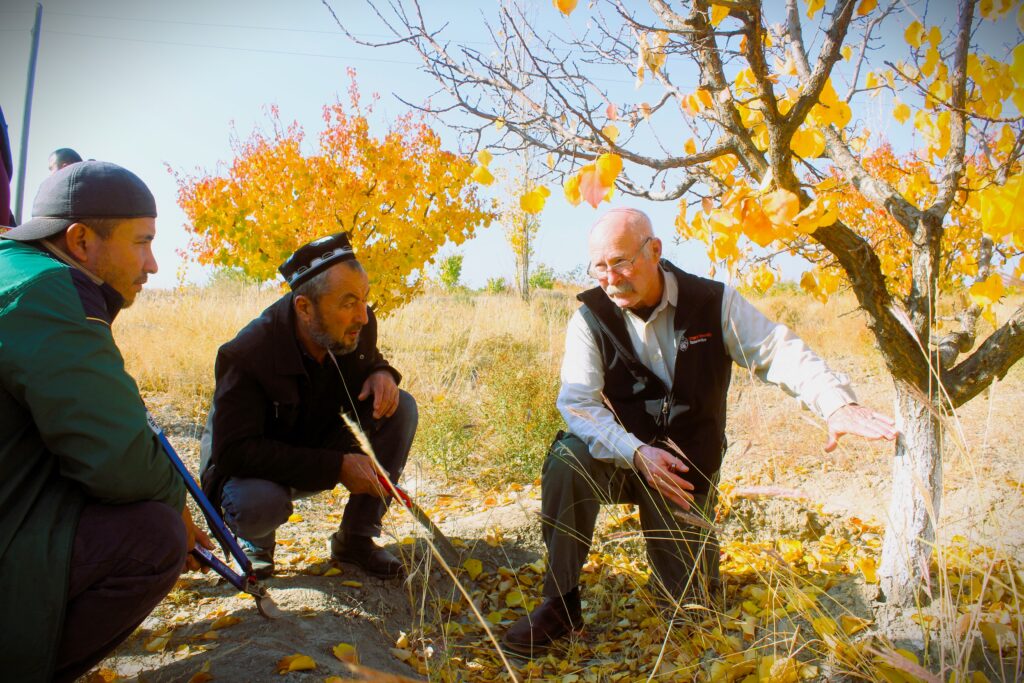
Next steps
In the long term, MDRD plans to help apricot product exporters target high-end markets, incentivizing them to invest more upstream. This systemic approach may contribute to a wider scale of impact but may also take several years for the change to be adopted.
By piloting these interventions, MDRD will gain insights into these new, emerging small-scale businesses and explore ways to scale up to the country-wide level. This will create more jobs for rural women and youth, reduce health and safety risks for workers, and contribute to a well-developed orchard market.
Learn more about the Market Driven Rural Development Activity.
Learn more about our work in Tajikistan.

